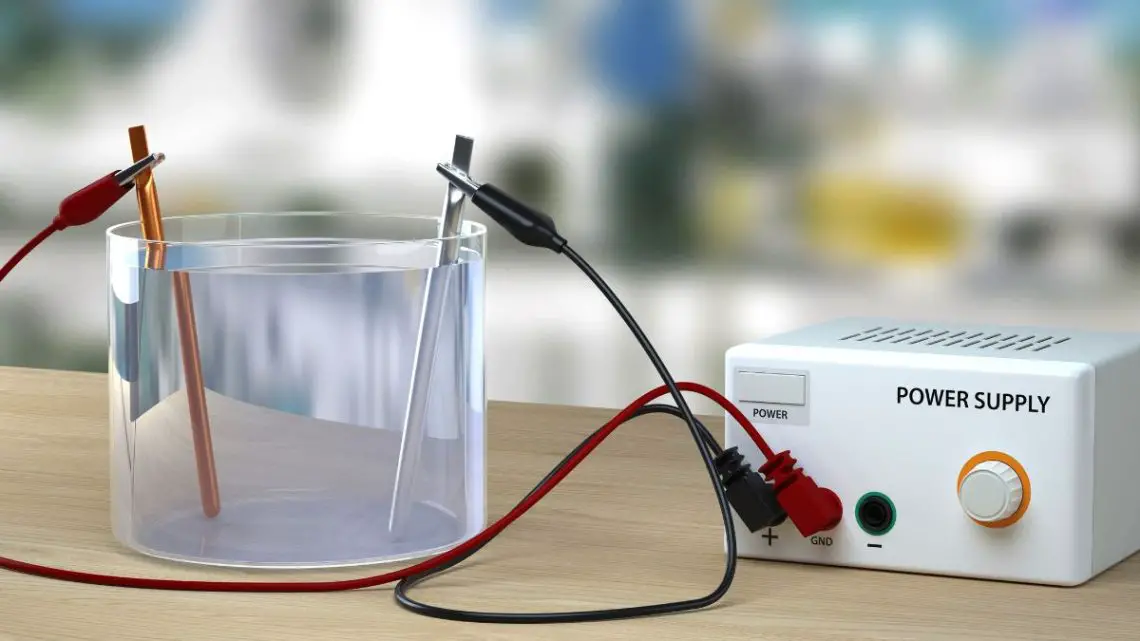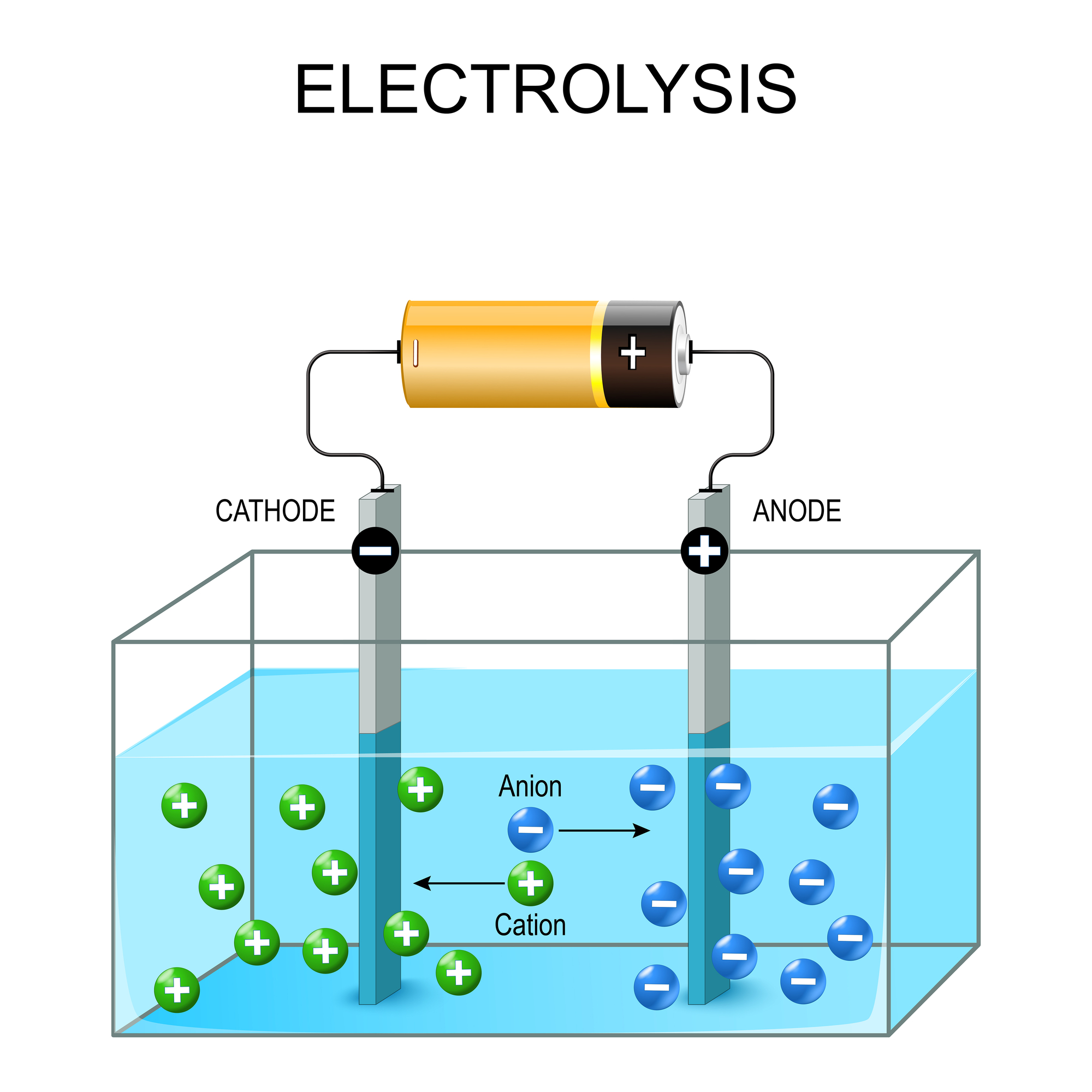
Is it possible to make your own hydrogen fuel at home?
December 3, 2023Could you produce your own H2 to power your fuel cell car so you wouldn’t need a fueling station?
Since the lack of hydrogen fuel refueling infrastructure is one of the primary barriers standing in the way of widespread H2 car adoption, would it be possible for truly dedicated H2 fans to simply produce their own instead of waiting for a fueling station to be built close by?
Safely producing H2 isn’t actually all that difficult, even using regular household items.
According to the US Department of Energy, hydrogen fuel can be produced from a broad spectrum of different technologies and energy sources. These include “fossil fuels, biomass, and water electrolysis with electricity.”
Of course, it did underscore that “The environmental impact and energy efficiency of hydrogen depends on how it is produced.” After all, H2 produced using electrolysis powered by solar energy is considered green and does not result in greenhouse gas emissions. On the other hand, the most common method of producing H2 involves fossil fuels such as natural gas. This indeed produces greenhouse gases and does not typically involve any meaningful form of carbon capture and storage.
Making hydrogen fuel at home requires only the most basic materials.
A common science project involves water electrolysis using a 9-volt battery, two pieces of wire (or even two paper clips), and a container filled with water. The result is H2 and oxygen gas.
Of course, electrolysis can be achieved more efficiently using additional materials such as salt and pencils (for the graphite they contain). There is even a method that involves the use of hydrochloric acid (or muriatic acid) and zinc granules (or strips of aluminum or even iron filings) to result in H2 gas release.
Making hydrogen fuel at home requires only the most basic materials.
Of course, electrolysis can be achieved more efficiently using additional materials such as salt and pencils (for the graphite they contain). There is even a method that involves the use of hydrochloric acid (or muriatic acid) and zinc granules (or strips of aluminum or even iron filings) to result in H2 gas release.
The main problem with making hydrogen fuel at home
While all these methods – and others as well – make it possible to safely produce hydrogen fuel at home, the issue is that they result in only the tiniest bit of H2. One liter of water would produce about 111 grams of hydrogen, assuming it could all be captured. These are the types of projects that belong in a science fair as opposed to the tank of a hydrogen car.
In conclusion, while the idea of producing hydrogen fuel at home to power vehicles or heat homes is certainly appealing, it’s important to approach it with a practical mindset. The innovative compact and concentrated solar reactor developed by EPFL, which efficiently generates oxygen, hydrogen, and usable heat, is an exciting advancement in this field. This innovative technology offers a peek into a future where renewable energy is not only readily available but also practical and efficient for daily use. The compact size of the solar reactor, likened to a cell phone artificial tree, coupled with its ability to amplify solar energy nearly 1000 times more than traditional panels, underscores its potential in revolutionizing the way we harness solar power. However, as it stands now, the scale of hydrogen production achievable at home is limited, but maybe not for long.
Watch how EPFL’s dish can power commercial buildings…
ATTENTION: This article does not endorse or recommend producing hydrogen at home due to the potential safety risks involved. Always consult with a professional before attempting any sort of chemical production at home.

FAQs about Making Hydrogen at Home
- What is the primary barrier to widespread H2 car adoption? The primary barrier is the lack of hydrogen fuel refueling infrastructure.
- Can I produce my own hydrogen fuel? Yes, it’s possible to produce hydrogen fuel at home using household items, but it’s not recommended due to safety and efficiency concerns.
- What materials are needed to produce hydrogen at home? Basic materials like a 9-volt battery, two pieces of wire, and a container filled with water can be used in a simple electrolysis experiment to produce hydrogen.

- How does the production method impact the environmental effect of hydrogen? The environmental impact of hydrogen depends largely on how it’s produced. Hydrogen produced using solar-powered electrolysis is considered green, as it doesn’t result in greenhouse gas emissions. However, the most common method of producing hydrogen involves using fossil fuels, which does produce greenhouse gases.
- Why is producing hydrogen at home not practical for fueling a car? The methods that are safe to use at home only produce a tiny amount of hydrogen. To produce hydrogen at a scale that could fuel a car would require much more space and equipment and would also be less safe.
- What is the main problem with making hydrogen fuel at home? The main issue is that home methods result in only a small amount of hydrogen. Producing hydrogen at a larger scale becomes less safe and requires more space and equipment.
- Is it dangerous to produce hydrogen at home? While it’s possible to safely produce small amounts of hydrogen at home, scaling up the process can increase the risk of accidents. Therefore, it is not recommended.
- Can I use homemade hydrogen to power my fuel cell car? In theory, yes. However, the amount of hydrogen you could safely produce at home would be insufficient to power a car. For now, it’s better to rely on professional hydrogen production methods and infrastructure.
ATTENTION: This article does not endorse or recommend producing hydrogen at home due to the potential safety risks involved. Always consult with a professional before attempting any sort of chemical production at home.



 HFN News is your leading source for fresh hydrogen and renewable energy updates. Amid the fast-paced growth of hydrogen companies, we provide top-notch news and insights about this exciting sector. Our coverage spans from hydrogen cars to global sustainable initiatives, and we highlight the latest in green jobs and developing hydrogen hubs. We invite you to share your local hydrogen news and explore today’s renewable energy job listings on our site. Thanks for choosing HFN News as your trusted guide to the hydrogen and renewable energy world!
HFN News is your leading source for fresh hydrogen and renewable energy updates. Amid the fast-paced growth of hydrogen companies, we provide top-notch news and insights about this exciting sector. Our coverage spans from hydrogen cars to global sustainable initiatives, and we highlight the latest in green jobs and developing hydrogen hubs. We invite you to share your local hydrogen news and explore today’s renewable energy job listings on our site. Thanks for choosing HFN News as your trusted guide to the hydrogen and renewable energy world!
This article leaves out the most important safety warning! The systems described are making H2 and O2 with no separation. People have been doing this for years and the trying to store the gas produced. HHO is very unstable and can implode or explode with incredible force! Isolating the hydrogen from the oxygen is hard and absolutely necessary. Please add this to your article.